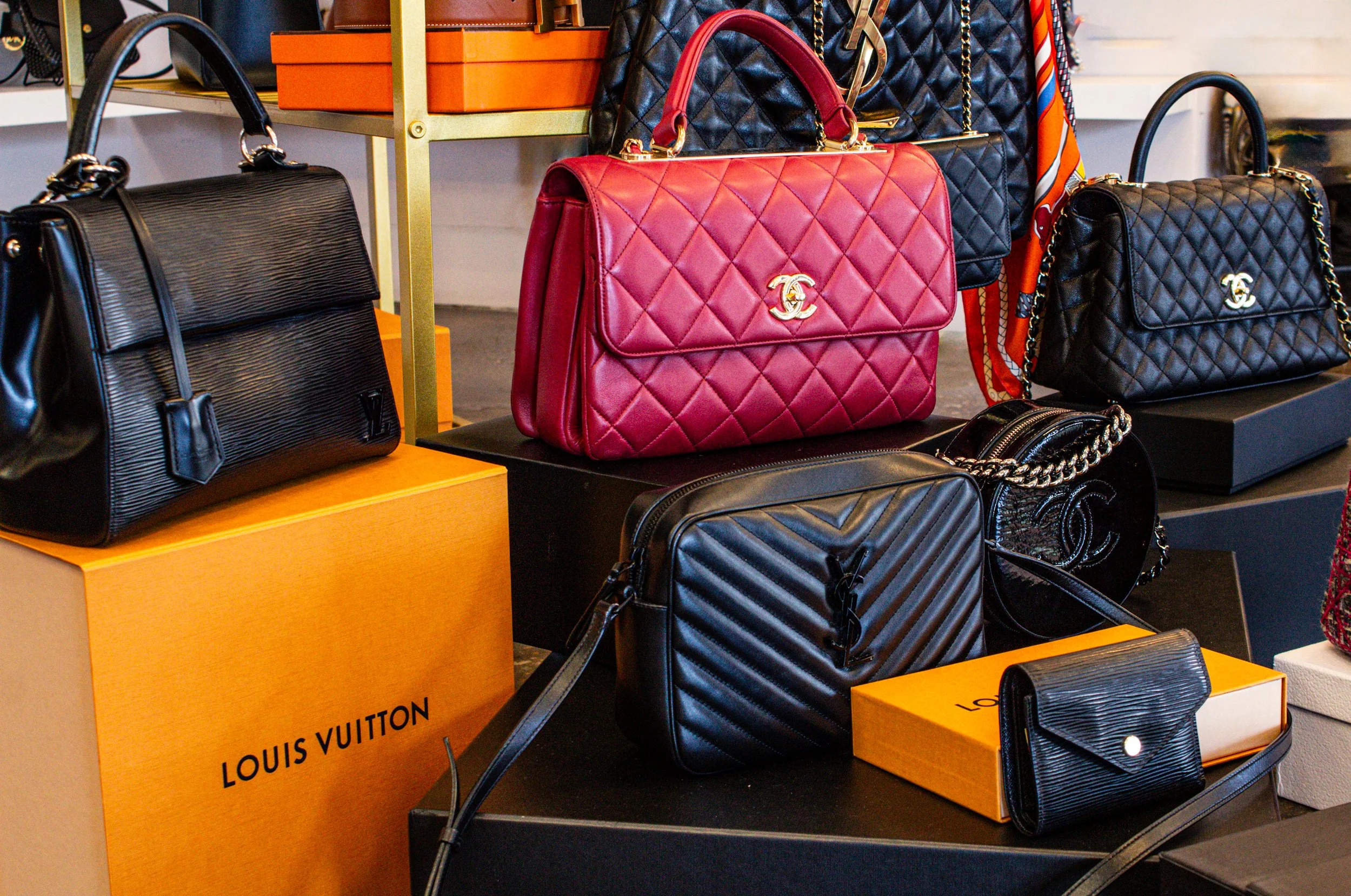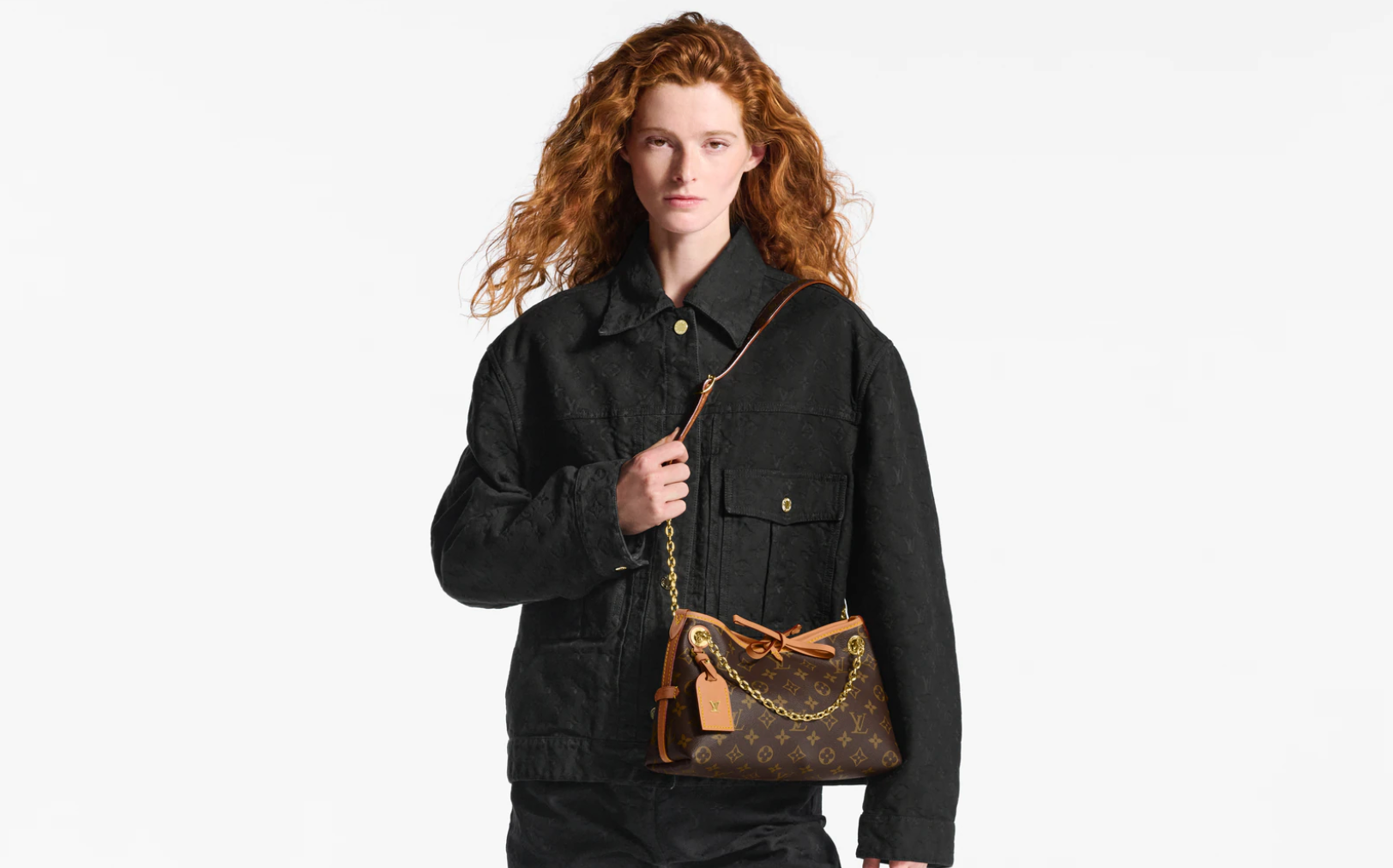
The Symbol Stealers: How High-End Brands Capture Cultural Meaning and Resell It to Consumers
Thea Elle
Luxury used to focus on outstanding craftsmanship, highlighting high-quality materials, skilled workmanship, and rich heritage. Today, this focus has shifted toward control. What was once a process of genuine creativity has become one of manipulation. Modern luxury brands are no longer just selling products; they are selling identity, belief systems, and aspirations, all tied to a high price.
Drawing from Roland Barthes’ theories, this analysis explores how brands like GUCCI and FENDI have transformed from makers of goods into creators of myths. Their products no longer serve practical or purely decorative purposes. Instead, they function as symbols representing cultural meaning, social status, and influence.
In a world driven by marketing tactics, artificial scarcity, and influencer culture, meaning itself has become a commodity. As consumers, we are not only buyers but also part of the product. The key question is: who really owns the meaning today?

The New Storytellers: From Craftsmanship to Symbolism
Roland Barthes believed that myths in today’s culture are more than just stories—they are everyday signs stripped of their original meaning and filled with ideological significance. This idea is especially clear in luxury fashion. When you notice the red sole of a CHRISTIAN LOUBOUTIN shoe or the signature monogram on a LOUIS VUITTON bag, you are not just seeing functionality or style. You are seeing a symbol—a subtle indicator of social status and belonging.
Luxury brands no longer have to constantly innovate. Their power comes from sustaining and reinforcing the myths they have created. Season after season, their products change very little, but the marketing adapts to attract new audiences and maintain existing social hierarchies. In this system, storytelling takes priority over design, and the narrative being told is one of exclusivity.
At KRIS & KIKO, this cycle is intentionally disrupted. Items like the Mini Pebble Bucket Bag represent a return to authenticity. Without visible logos, flashy tricks, or borrowed prestige, the focus is on sincere and thoughtful design. In today’s fashion world, this is a bold and distinct choice.

The Control of Meaning
When a design becomes widely recognizable, it stops being just an object and transforms into a carefully managed message. It starts with a striking visual meant to attract attention, followed by influencer campaigns, and often concludes with placements in museums or exclusive exhibitions. What might have begun as an original creative concept becomes a branded asset tailored to fit a particular narrative. These products no longer exist simply to be worn or admired—they function as cultural signs that convey status, identity, and belonging, crafted by corporations rather than communities.
This process takes away more than just aesthetic variety—it diminishes cultural freedom. Brands like DIOR and PRADA do more than shape taste; they set the limits of what is considered fashionable, valuable, and relevant. Marketing today is less about widespread exposure and more about controlling what captures attention while reducing opportunities for independent voices to be heard. As these dominant brands monopolize meaning, the range of what is possible and visible shrinks. In this environment, self-expression becomes less about personal style and more about fitting into a scripted story that is not your own.

The Business of Insecurity
Luxury marketing carries a hidden message beneath every image and campaign: you are incomplete without the symbol. This belief is deeply woven into how products are presented, how influencers promote them, and how scarcity is orchestrated. These brands are not merely reacting to cultural trends—they are actively creating them. They manufacture feelings of lack and then present their products as the solution. This cycle encourages consumers to link their worth to ownership and their self-esteem to external validation, turning desire into dependence.
When cultural relevance is controlled by a few powerful brands, alternatives become less visible and harder to appreciate. In this setting, bags like the Marcie Chain Flap from CRIS AND COCO serve as quiet acts of resistance. They do not follow trends or copy the visual language of prestige. Instead, they offer a different kind of beauty—one that is personal, emotional, and genuine. Combining nostalgia with innovation, these pieces are made for people who seek meaning rather than spectacle. They are designed not just to be admired from a distance but to be used, cherished, and loved without pressure to perform a particular social role.

Artificial Scarcity Without True Value
In today’s luxury market, a material worth fifty dollars can be sold for five thousand dollars—not because it is truly rare or of superior quality, but because of the brand name attached to it. Scarcity is no longer the result of limited resources or expert craftsmanship. Instead, it is manufactured through controlled supply, timed releases, and created exclusivity. The value is based less on the item’s actual worth and more on the reputation and myth surrounding it. In this system, the story overshadows the product, and appearance matters more than genuine purpose.
The CD Signature Bag with Strap was designed to challenge this system. Its clean lines and purposeful design emphasize clarity and intention. It does not rely on logos or heritage to prove its value. Instead, it offers true substance through thoughtful craftsmanship and lasting quality. In a fashion world driven by flashy trends and fast turnover, this quiet durability stands out. It does not need to shout to be noticed—it exists with meaning, providing beauty that is authentic and enduring. Here, the focus moves from what the item says about you to how well it serves you in daily life.
Taking Back the Symbol
When brands dominate the meaning behind style, creativity begins to disappear. Yet beyond their control, a quiet movement is gaining momentum. DIY fashion, repurposed designs, and independent creators form a subtle form of resistance. These efforts are not mere imitations but acts of defiance. They reject the belief that genuine style must come from high-end labels.
Bags like the CarryAll BB embody this shift. They attract those who prioritize meaning and quality over flashy displays. These pieces are not designed to catch everyone’s eye, and that is exactly the point.
Beyond Illusion The Path to Real Luxury
Today, luxury has moved away from honoring craftsmanship and instead focuses on creating exclusion. The fashion world relies on illusions, control, and keeping meaning concentrated in the hands of a few powerful players. What is most concerning is how this system convinces us that we have made these choices freely.
Yet, a new direction is emerging. One that challenges the dominant narrative. One that places authenticity above superficial appearances. One that reclaims symbols not to flaunt wealth but to express individual identity. This is where style is headed and could signal the return of true luxury.

